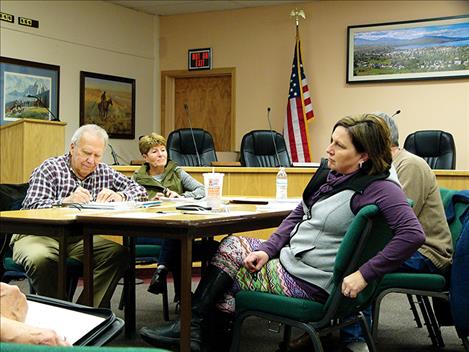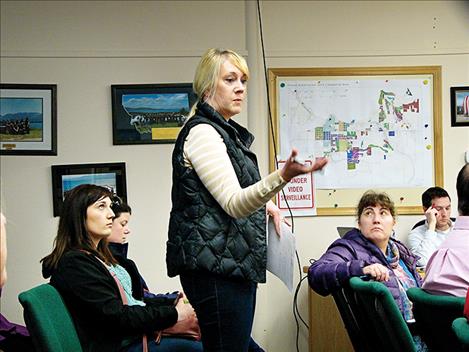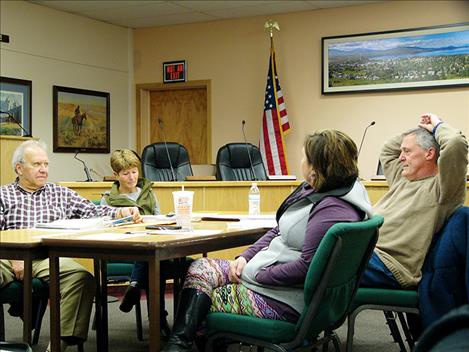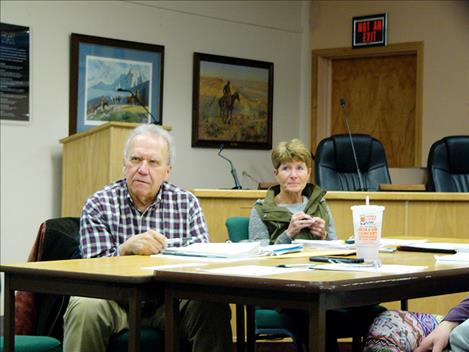- Home >
- News >
- Local News >
- Government
Polson Redevelopment Agency Funding Program open to applicants
Issue Date: 4/18/2018
Last Updated: 4/17/2018 7:19:16 PM |
By
Mary Auld
Keep Reading!
You’ve reached the limit of 3 free articles - but don’t let that stop you.





















